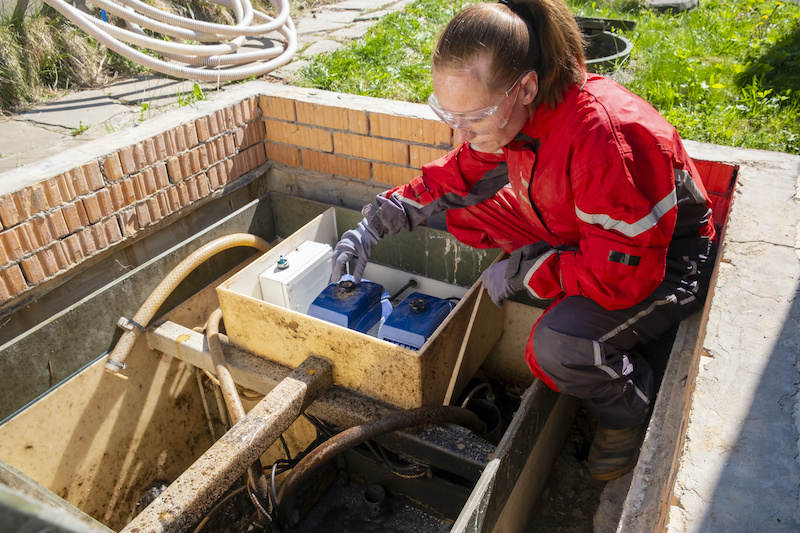Australian researchers have achieved the first step in developing an early warning surveillance system to track COVID-19 prevalence in the community through tracing the presence of the novel coronavirus gene in raw sewage.
Researchers from The University of Queensland (UQ) and Australia’s national science agency CSIRO have successfully demonstrated the presence of SARS-CoV2, the virus which leads to the disease COVID-19, in Australian untreated wastewater (sewage).
A proof of concept study was completed last week, using wastewater samples from two wastewater treatment plants in South East Queensland, representing populations living in the Brisbane region.
UQ and CSIRO researchers found RNA fragments of SARS-CoV2 in untreated sewage which would have been shed in the wastewater stream by COVID-19 infected people.

The research will bring together a national collaboration of government authorities, wastewater utilities, universities and other research organisations and commercial laboratories. Credit: UQ
Director of UQ’s Queensland Alliance for Environmental Health Sciences, Professor Kevin Thomas, said the validated method built on work by research groups in the Netherlands and the United States of America.
“This is a major development that enables surveillance of the spread of the virus through Australian communities,” Professor Thomas said.
Welcoming the announcement, Federal Minister for Health Greg Hunt said, “The COVID-19 wastewater surveillance pilot is extremely encouraging and has the potential to further strengthen Australia’s response to the global pandemic.”
“A national program based on this work could add to the broader suite of measures our Government can use in the identification and containment of COVID-19.”
Federal Minister for Industry, Science and Technology Karen Andrews said this was the latest example of Australian scientists making a difference in the fight against the coronavirus.
“From the work happening to find a vaccine through to this research to track community spread of the disease – our science and research community are among our greatest assets in our efforts to beat this pandemic.”
CSIRO Chief Executive, Dr Larry Marshall, said the testing would help Australia manage COVID-19.
“The hope is eventually we will be able to not just detect the geographic regions where COVID-19 is present, but the approximate number of people infected – without testing every individual in a location. This will give the public a better sense of how well we are containing this pandemic,” Dr Marshall said.

Water headed for wastewater treatment plants can be testing for the presence of the novel coronavirus gene to develop an early warning surveillance system to track COVID-19 prevalence in the community.
CSIRO Land and Water Science Director Dr Paul Bertsch said the project showed Australia had the capability to deliver timely COVID-19 wastewater surveillance data to inform decisions, response actions and public communications.
“These data will be particularly useful for catchments with vulnerable populations where testing using other methods may not be feasible,” Dr Bertsch said.
“An early warning detection system like this would also be incredibly useful for monitoring and response in the recovery phase.”
The team is keen to share the new knowledge and methods to develop a national collaboration.
“By showing how the method has worked in Australia, it is hoped that this research will bring together a national collaboration of government authorities, wastewater utilities, universities and other research organisations and commercial laboratories,” Professor Thomas said.
“The next step is to build the capacity to deliver a national program.”
Professor Thomas said the research used systematic sampling and analysis of wastewater for SARS-CoV-2 using a standardised, coordinated approach based on refined analytical methods.
“The wastewater samples were analysed for specific nucleic acid fragments of the virus using RT-PCR analysis, which is used to identify a gene fragment from SARS-CoV2,” he said.
“The presence of SARS-CoV2 in specific wastewater samples was then confirmed using sequencing techniques.”
Read more of Life Begins At




















Add Comment